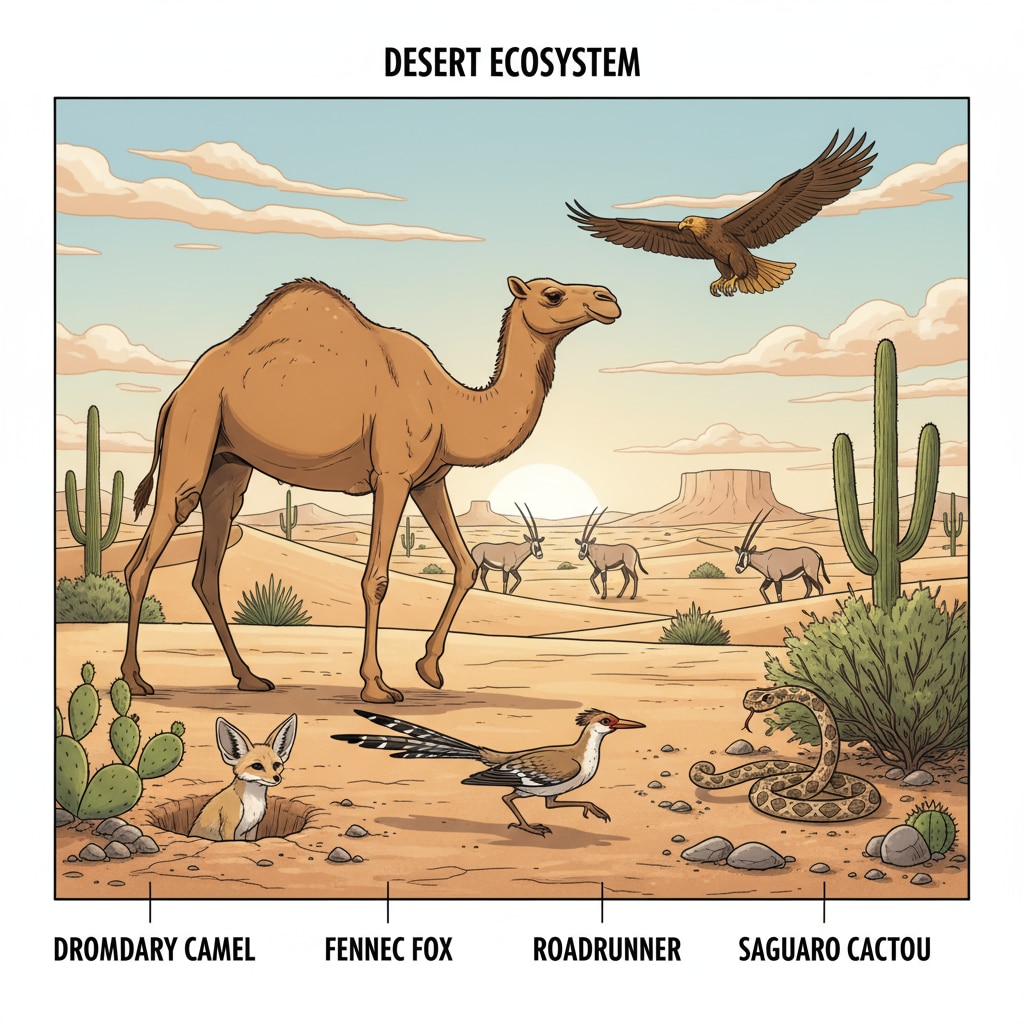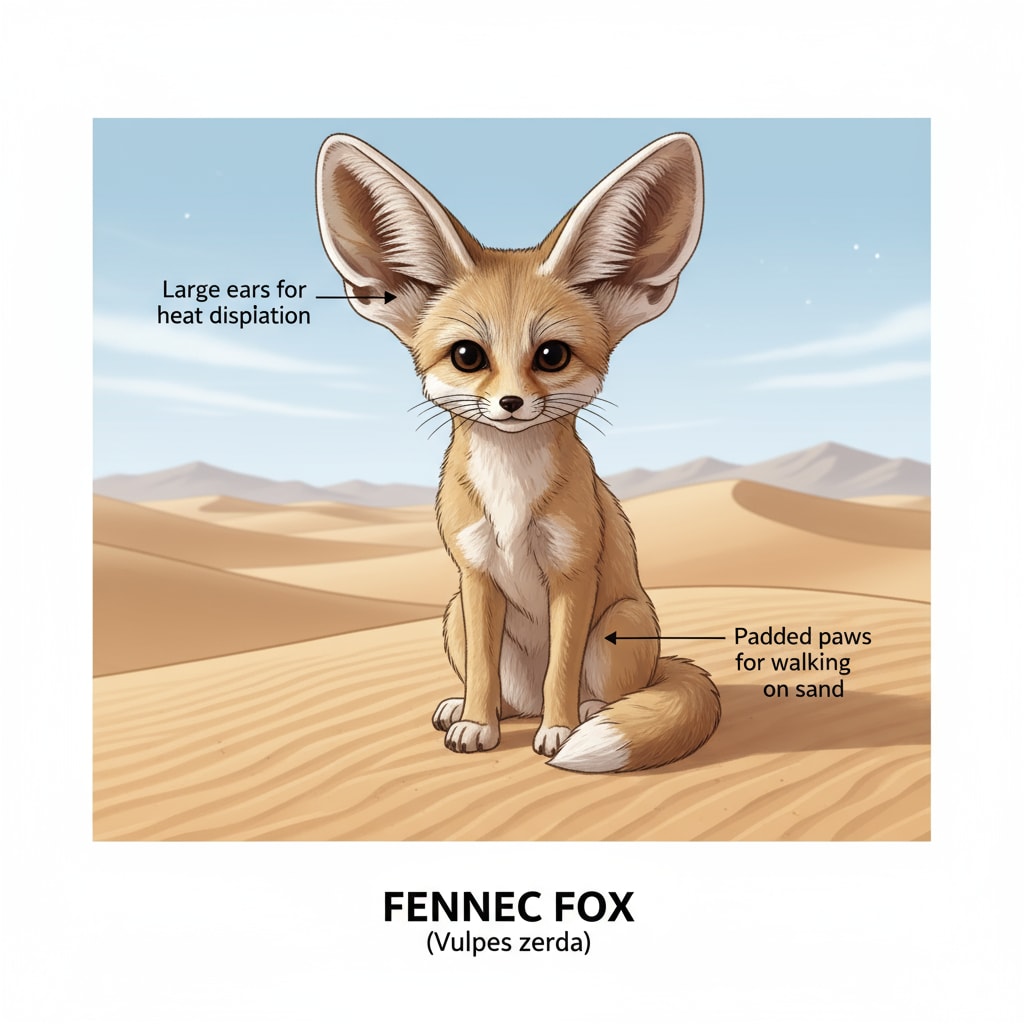Desert animals, with their remarkable survival adaptations and evolutionary traits, hold a wealth of knowledge that can greatly enrich K12 science education. In the harsh desert environment, these creatures have evolved unique ways to thrive.

For example, camels have long legs that help them walk on the hot sand and can store fat in their humps to survive long periods without food and water. This amazing adaptation is a perfect example of how desert animals have evolved to meet the challenges of their environment. As educators, we can use these real-life examples to inspire students’ scientific curiosity.
The Wonders of Desert Animal Adaptations
Desert animals have developed various physical and behavioral adaptations. The fennec fox, for instance, has large ears that not only help it hear prey underground but also dissipate heat, keeping it cool in the scorching desert. Another example is the kangaroo rat, which can survive without drinking water. It gets all the moisture it needs from the seeds it eats. These adaptations are the result of millions of years of evolution. Desert animal adaptations on Wikipedia

Evolutionary Traits Shaping Desert Life
The evolutionary traits of desert animals are fascinating. Some species have developed camouflage to blend in with the desert landscape, protecting them from predators. The sand-colored coat of the sand cat, for example, makes it almost invisible in its sandy habitat. Additionally, many desert animals are nocturnal, coming out at night when the temperature is cooler. This behavior helps them conserve energy and avoid the intense heat of the day. Desert animal evolution on Britannica
In conclusion, desert animals’ survival adaptations and evolutionary traits are a treasure trove for K12 science education. By exploring these wonders, we can not only teach students about biology but also inspire them to think critically and develop a love for science. We should use these examples to show students that nature is the best teacher, and there is always something new to discover.
Readability guidance: The short paragraphs and lists here summarize key points. Each H2 section provides a list of examples. The passive voice and long sentences are kept to a minimum, and transition words like ‘for example’ and ‘additionally’ are used throughout the text.


